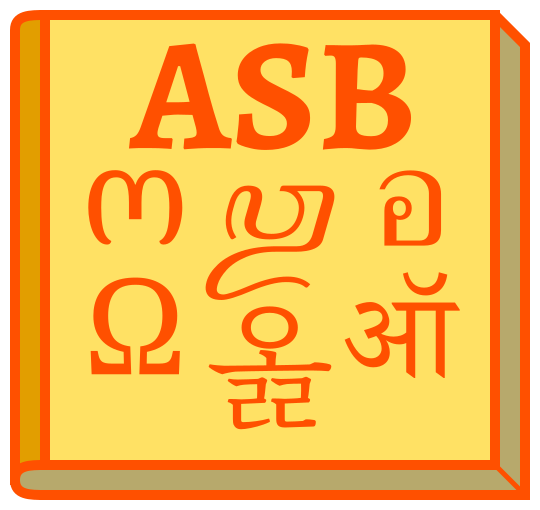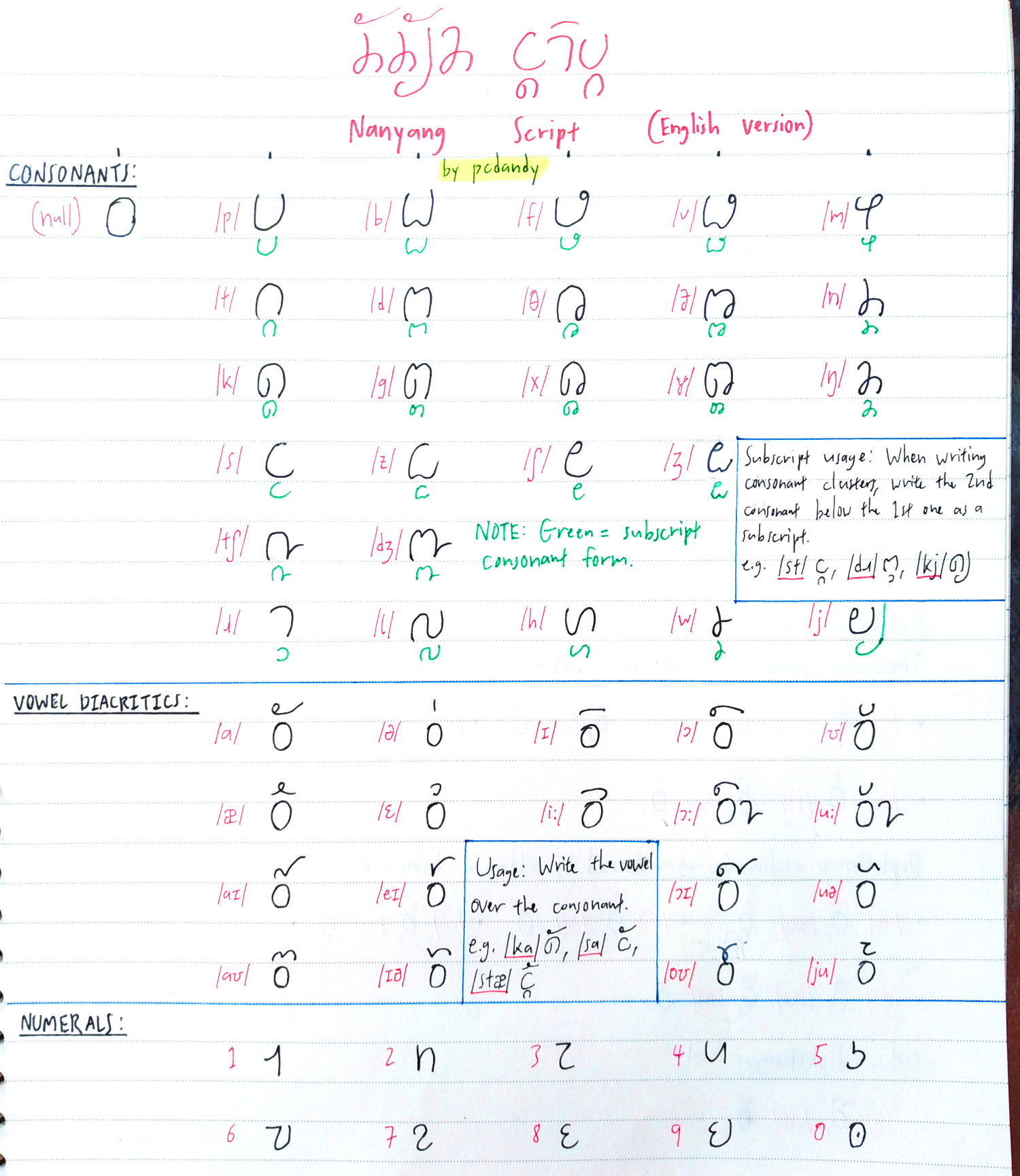Glorius Iŋglish Orthogrufi (GIO) – an yzi-tú-ryd olturnut orthogrufi dhat yúsus minimul daiukritiks and adisiuns
Note: This orthography is identical to the newer Yet Another Alternate English Orthography (YAAEO) in all aspects, except that this one uses digraphs for /θ/, /ð/, /ʃ/ and /ʒ/.
The English orthography is widely known to be inconsistent and troublesome, with its many silent letters (such as ‘gh’ in the word ‘though’ and the ‘b’ in ‘debt’) and exceptions to the rule (‘gh’ is also pronounced ‘f’ in words like ‘laugh’ and ‘cough’). There’s surely a better way to write it phonetically, isn’t it?
Introducing GEO (Glorious English Orthography), a phonetic Latin script orthography that utilises 2 additional diacritic-capped letters (‘á’ and ‘ú’) and 1 additional letter (‘ŋ’) to complement the existing 26 letters of the alphabet and allow them to be able to cover all 43 English phonemes without relying too much on diacritics. In addition, GEO uses common digraphs that are widely used in current English orthography, such as ‘sh’ for the /ʃ/ sound in ‘sure’, and diphthongs such as the ‘ay’ sound in ‘say’ are directly represented with their constituent vowels, not as something else.
Continue reading “Glorious English Orthography (GEO) – an easy-to-read alternate orthography that uses minimal diacritics and additions”

